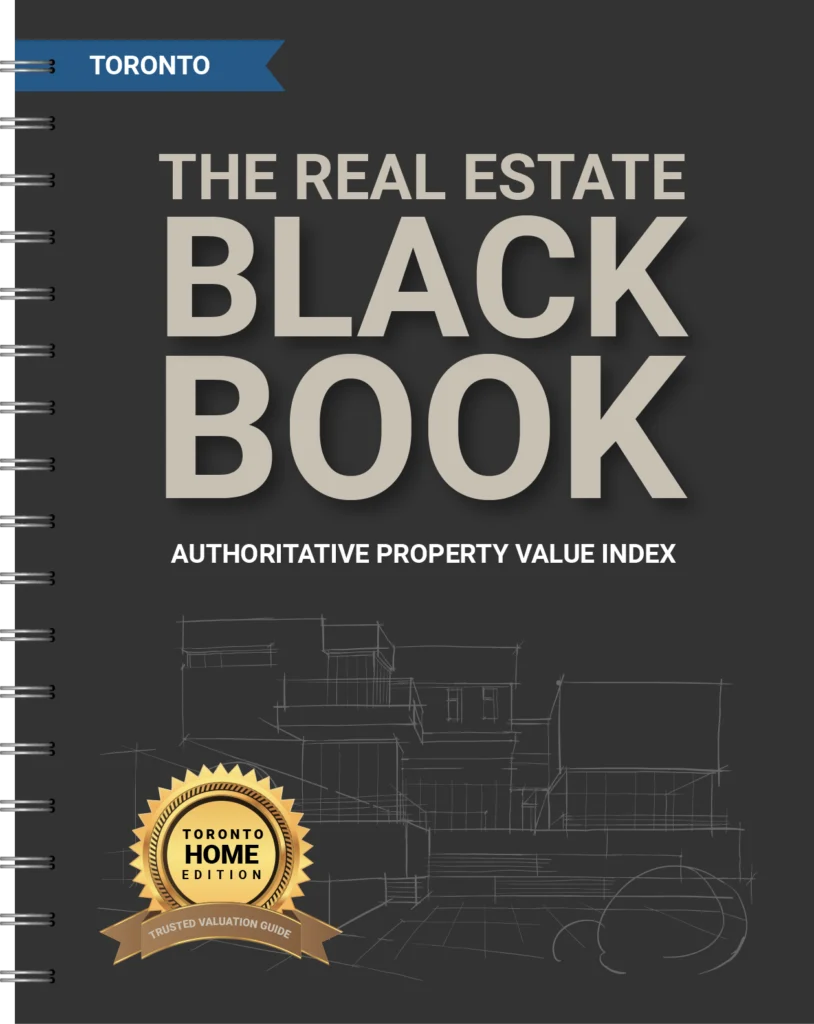As a homeowner, it is crucial to have a comprehensive understanding of the life expectancy of home components. Knowing how long each element is expected to last can help you plan for future maintenance, repairs, and replacements, ultimately saving you time, money, and stress. In this article, I will explore the importance of understanding home life expectancy, the factors that can affect it, and how proper maintenance plays a crucial role in prolonging the lifespan of your home components
Understanding the Life Expectancy of Home Components
Understanding the life expectancy of home components is vital for effective long-term planning. By knowing when certain elements are likely to deteriorate or fail, you can create a budget and allocate resources accordingly. This knowledge also enables you to prioritize maintenance tasks and take preventive measures to extend the lifespan of your home’s various components. Moreover, having a comprehensive understanding of the life expectancy of home components allows you to make informed decisions when it comes to renovations or purchasing new appliances or materials.
The Importance of Understanding the Life Expectancy of Home Components
Grasping the life expectancy of home components is key to effective long-term home care. It enables precise budgeting and the prioritization of maintenance tasks.
Factors That Affect Home Component Life Expectancy
Several factors can influence the life expectancy of home components. One of the primary factors is the quality of the materials used during construction or renovation. High-quality materials are more likely to withstand the test of time and require less frequent repairs or replacements. Additionally, environmental factors such as extreme temperatures, humidity levels, and exposure to sunlight can all impact the lifespan of your home’s components. Other factors include the frequency and quality of maintenance, the level of usage, and even the design and construction techniques employed during the building process.
Home Maintenance and Its Impact on Life Expectancy of Home Components
Regular and proper maintenance is essential for prolonging the life expectancy of your home’s components. Neglecting maintenance tasks can lead to premature deterioration, costly repairs, and potentially hazardous situations. For example, neglecting to clean and inspect your gutters can result in water damage to your roof and siding. Similarly, failing to change HVAC filters regularly can lead to reduced efficiency, increased energy consumption, and potential breakdowns. By following a routine maintenance schedule and addressing issues promptly, you can significantly extend the lifespan of your home’s components.
Budgeting for Home Component Replacements
Budgeting is a crucial aspect of planning for the future of your home. Understanding the life expectancy of home components allows you to allocate funds for future repairs and replacements. By estimating the remaining lifespan of your current components, you can create a budget that accommodates future expenses without any financial strain. It is advisable to consult with professionals or conduct thorough research to determine the average lifespan of different home components and factor in their potential replacement costs. This proactive approach to budgeting will ensure that you are prepared for any necessary repairs or upgrades.
Insights: Detailed Life Expectancy of Home Components
Roofing: Life Expectancy, Maintenance, and Signs of Deterioration
- Asphalt shingles: 20-30 years
- Metal roofs: Up to 50 years
- Maintenance includes regular inspections and gutter cleaning to prevent water damage.
Siding: Life Expectancy, Maintenance, and Common Issues
- Vinyl siding: 20-40 years
- Fiber cement: Up to 50 years
- Regular cleaning and prompt repair work are vital maintenance tasks.
Windows and Doors: Enhancing Energy Efficiency
- Wood windows: ~30 years
- Vinyl windows: 40 years+
- Maintenance involves cleaning and lubrication to enhance efficiency.
HVAC: Ensuring Comfort and Efficiency
- Average lifespan: 15-20 years
- Key maintenance tasks include regular servicing and changing filters.
Plumbing and Electrical: The Backbone of Your Home
- Copper pipes: Up to 50 years
- PVC pipes: 25-40 years
- Regular inspections ensure these critical systems remain operational.
Flooring: Choosing the Right Materials
- Hardwood: Can last a lifetime with care
- Laminate: 15-25 years
- Choose materials wisely and maintain them according to manufacturer guidelines.
Appliances: Life Expectancy and Efficiency
- Refrigerators: 10-20 years
- Dishwashers: 9-15 years
- Efficient maintenance includes regular cleaning and addressing repairs promptly.
Foundation and Insulation: Structural Integrity
- A well-maintained foundation can last indefinitely, while insulation typically needs assessment every 15-20 years for efficiency.
Renovations and Energy Efficiency
- Opting for energy-efficient renovations can significantly extend the lifespan of home components and contribute to savings.
Climate Impact and Preventive Measures
- Local climate conditions dictate specific maintenance and material choices to counteract environmental wear.
Water Heater, Air Conditioner, and Furnace: Maintenance Essentials
- Water heaters: 8-12 years
- Air conditioners and furnaces: 15-20 years
- Recognize inefficiency and frequent breakdowns as signs for potential replacements.
Exterior Materials: Ensuring Longevity
- Brick: Over 100 years
- Stucco: 50-80 years
- Proper maintenance includes regular cleaning and sealing to maintain integrity and aesthetics.
Conclusion: Planning for the Future
In conclusion, planning for the future of your home requires a comprehensive understanding of the life expectancy of home components. By knowing how long each element is expected to last, you can create a budget, prioritize maintenance tasks, and make informed decisions when it comes to renovations or purchasing new materials or appliances. Regular maintenance, proper care, and taking preventive measures are essential for extending the lifespan of your home’s components. By being proactive and attentive to the needs of your home, you can ensure its longevity, structural integrity, and overall functionality. With a comprehensive understanding of home life expectancy, you can plan for the future with confidence and peace of mind.



